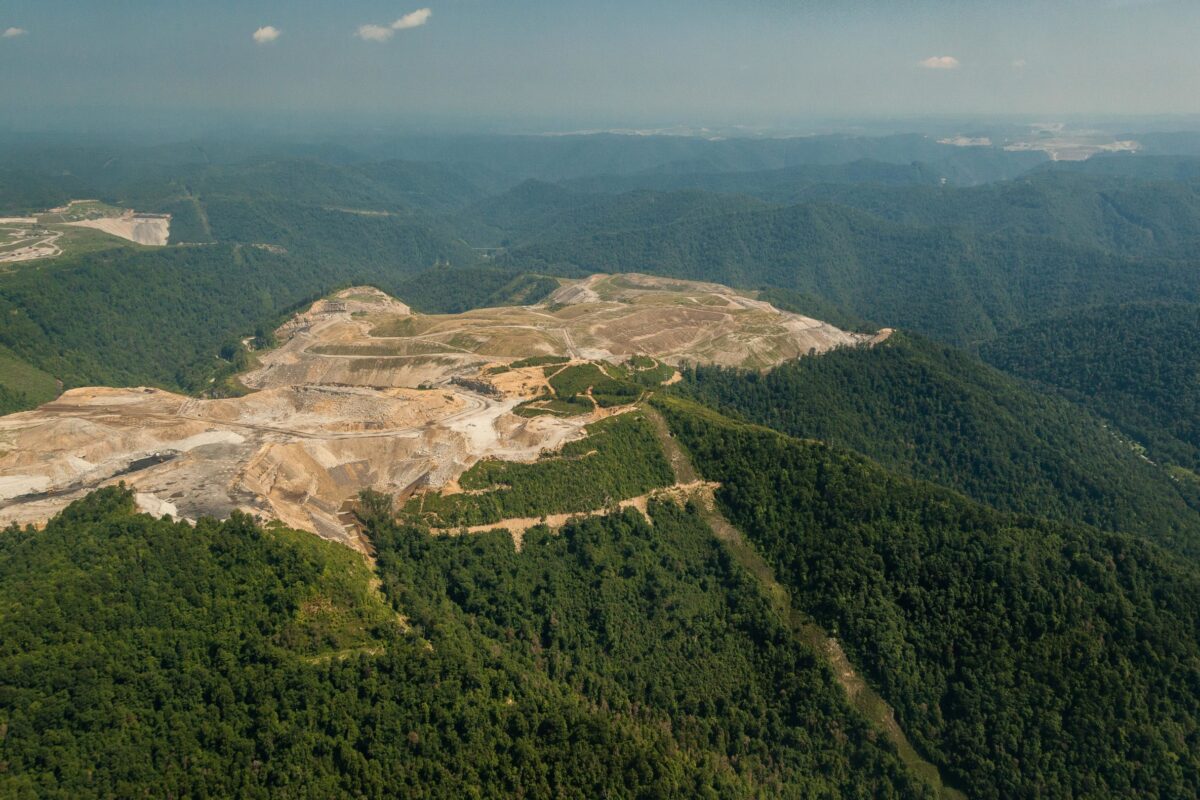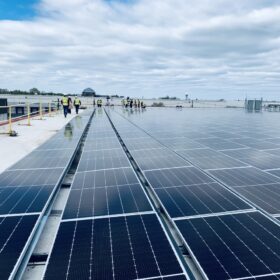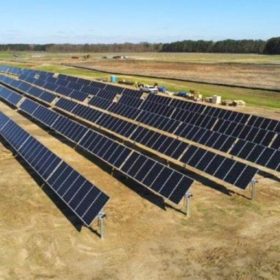Sufficient capacity exists in U.S. and European production facilities to support a June target to shift supply chains away from parts of the world where allegations of forced labor have received increased attention in recent weeks.
“There is still excess capacity for polysilicon production in the U.S. and the EU,” said Michael Parr, executive director of the Ultra Low-Carbon Solar Alliance, whose members include First Solar, Q Cells, NorSun, and REC.
On February 4, the Solar Energy Industries Association (SEIA) and 175 of its member companies published a pledge opposing forced labor in the solar supply chain. The pledge is part of an industry-wide effort led by SEIA that supports the development of a supply chain traceability protocol along with an update to SEIA’s Solar Commitment, which defines common practices and expectations for the solar industry.
John Smirnow, vice president of market strategy for SEIA, said that “forced labor will not be tolerated in our industry” and called for solar companies to “immediately move their supply chains out of” regions where forced labor practices are suspected.
In an interview with pv magazine USA, SEIA President and CEO Abigail Ross Hopper said, “We think that the (supply chain) shift will happen by the end of June.” She said that SEIA became increasingly aware of the allegations about forced labor in late 2020. She said “there is an urgency to this that companies understand, and so by the end of June they will have had seven-plus months to make these changes. Obviously, if their customers and the U.S. government are demanding it, they will need to move quickly.”
Ross Hopper said that “some domestic supply chain” capacity is available to expand polysilicon production. She said that there are “actors in the U.S. who could help service” some of the expected shift in supply.
“I will leave to the polysilicon manufacturers their ability to ramp up that part of the supply chain here in the U.S.,” Ross Hopper said. “It may not all happen here in the United States, but I think there will be a clear transition out of” the conflict region.
Parr said that roughly half of the world’s polysilicon and three-quarters of the ingots used for solar come from areas where forced labor is alleged to be occurring. He said those inputs account for roughly 4% of total solar system cost. And, while predicting prices is “a fool’s errand,” he said the amount of excess production capacity suggests that a supply chain shift could occur with little impact on solar’s affordability.
This content is protected by copyright and may not be reused. If you want to cooperate with us and would like to reuse some of our content, please contact: editors@pv-magazine.com.









While there exists—often mothballed—polysilicon production capacity in the U.S., EU and South Korea, it cannot necessarily be ramped up by June, nor is polysilicon the only input to make a PV module. Also, one should keep in mind that Chinese polysilicon is not priced for financial viability of the operation. As such, a shift to other polysilicon suppliers will result in higher prices. This should be acceptable if the non-Chinese polysilicon is made with clean energy, free of forced labor and by adherence to environmental standards.
But let’s look at the other components needed to produce a PV module: glass, backsheet, filler sheet, jbox, ribbons, silver paste, copper wires with connectors, frame. It is simplistic and outright irresponsible to create the notion that all of the PV module component supply chain can be moved out from tainted regions, especially given that 60–90% of the supply chain are impacted. There simply isn’t enough capacity to relocate all of this in a 4 month period.
Let’s focus on reality and work together to establish a truly clean supply chain that isn’t concentrated in one region. Why would the planet want to rely on PV made in Asia? And here in the U.S. we are facing a crisis resembling the great depression. If we want sufficient employment and at the same time grow our economy in a fashion that does less harm to our planet, then we need to repatriate the entire PV supply chain, establish a strong storage industry. We need to cover the full spectrum from manufacturing to deployment and maintenance. But it won’t happen over night, nor in 4 months.
The polysilicon production capacity in Xinjiang – the region in question – currently amounts to rougly 300,000 metric tons. “Sufficient capacity” in the U.S. and Europe to match that simply does not exist; it is even not sufficient if you include South Korea and Malaysia. Where, please, is excess capacity in Europe, apart from a mini-plant in Bitterfeld (Germany)? An alternative supply chain cannot be built on wishful thinking.
Thanks Johannes!
Given the criticality to decarbonize our energy ecosystem and to assure we have fair labor and environmental standards, one would have thought that before publishing PRs SEIA and ULCSA would conduct a reality check consulting internationally recognized experts such as you.